Creating Quality Content for Personal Brands

The digital space is increasingly crowded, with personal brands competing for attention in virtually every niche.
However, there’s one factor that can make your personal brand stand out—storytelling.
Sharing your unique experiences and crafting content that resonates on a personal level can differentiate you from the sea of AI-generated material flooding the web.
This blog post explores the importance of storytelling, how to identify your personal brand archetype, and actionable steps to leverage your individuality to create powerful content.
Why Storytelling Matters More Than Ever
Storytelling is one of the oldest forms of communication, yet it remains a cutting-edge strategy in building personal brands.
With the rise of AI-generated content, audiences are increasingly drawn to authenticity.
While AI tools can produce polished and informative pieces, they lack the personal touch—the human experiences and emotional resonance—that make content memorable and engaging.
Google's Focus on Expertise and Authenticity
Google’s algorithms have shifted to favor original, high-quality content created by subject matter experts. This change emphasizes the value of unique stories and personal insights. Personal branding isn’t just about showcasing your expertise—it’s about demonstrating the "why" behind what you do and creating relatable content that builds trust. Storytelling connects your expertise to your audience's needs, making your content both discoverable and impactful.
Understanding Personal Brand Archetypes
Defining your personal brand archetype is an essential first step in crafting meaningful content. Your archetype acts as a blueprint, shaping your voice, tone, and the stories you tell. By identifying your core archetype, you’ll create cohesive and consistent content that resonates with your target audience. Below are some common personal brand archetypes to consider:
1. The Creator
- Attributes: Visionary, imaginative, driven by innovation.
- Content Style: Share your creative process, behind-the-scenes glimpses, or tutorials that inspire your audience to think differently.
2. The Ruler
- Attributes: Confident, authoritative, strategic.
- Content Style: Position yourself as a thought leader by offering well-researched insights, industry predictions, or frameworks to drive results.
3. The Everyman
- Attributes: Relatable, down-to-earth, authentic.
- Content Style: Use personal anecdotes and simple language to engage your audience. Focus on everyday lessons your audience can immediately apply.
4. The Caregiver
- Attributes: Nurturing, empathetic, value-driven.
- Content Style: Deliver compassionate advice, shining a light on solutions that improve lives while focusing on community-building.
5. The Rebel
- Attributes: Bold, unconventional, disruptive.
- Content Style: Challenge industry norms and use bold statements or provocative storytelling to capture attention.
By determining which archetype aligns with your values, you can sharpen your content focus and communicate more effectively. A consistent archetype helps your audience quickly understand who you are and what you bring to the table.
The Power of Personal Stories in Content Strategy
Your personal experiences provide a unique advantage. While others may share similar expertise, no one has your exact story. Content that integrates your background, struggles, successes, or lessons learned is inherently distinctive, which makes it more difficult to replicate or ignore.
How to Use Personal Stories Effectively
- Tie Stories to a Broader Message
Don’t share personal anecdotes just for the sake of it. Each story should reinforce your overarching message or highlight the key values of your brand.
- Be Vulnerable (When Appropriate)
Transparency fosters connection. Sharing your challenges or failures—and how you overcame them—makes your brand feel human and relatable.
- Focus on Transformation
Highlight turning points and growth moments. Audiences are drawn to content that shows how you turned obstacles into opportunities.
Actionable Steps to Create High-Quality Content
To maximize storytelling’s impact, you need a strategic approach. Here are actionable tips to elevate your personal brand with high-quality content:
1. Identify Your Personal Brand Archetype
Take some time for self-reflection:
- What values define your work?
- How do people perceive your expertise?
- What emotions do you want your audience to feel?
By answering these questions, you can pinpoint the archetype that best represents your brand.
2. Map Out Your Unique Value Proposition
Ask yourself:
- What’s my unique perspective or insight?
- How am I different from other professionals in my field?
Use this information to create content that reinforces why your expertise matters.
3. Create a Storybank
Compile a list of personal experiences, case studies, or lessons that align with your audience's interests. This resource will make it easier to infuse your content with rich, compelling stories.
4. Balance Storytelling with Data and Credibility
While stories captivate, data strengthens your credibility. Integrate research, case studies, or statistics to substantiate your points and reinforce your authority.
5. Optimize Content for Discovery
SEO is essential to ensure your content reaches your audience. Follow these optimization tips:
- Target Keywords: Use terms your audience frequently searches for.
- Engaging Headlines: Craft titles that are concise and curiosity-driven.
- Scannable Structure: Break up content with subheadings, bullets, and short paragraphs.
6. Encourage Audience Interaction
Engage audiences with questions, polls, or calls-to-action that invite feedback. This not only builds community but also informs future content creation.
7. Stay Consistent
From your tone of voice to your posting schedule, consistency is key. A cohesive brand is easier for audiences to follow and connect with.
Final Thoughts
High-quality content is not defined solely by its polish or presentation—it’s about authenticity, relatability, and value. By leveraging storytelling, defining your personal brand archetype, and creating content that reflects your unique experiences, you’ll position your brand as a trusted authority in your field.
Remember, in a world saturated with increasingly generic and AI-derived material, your individual perspective is your competitive advantage. Make it count.

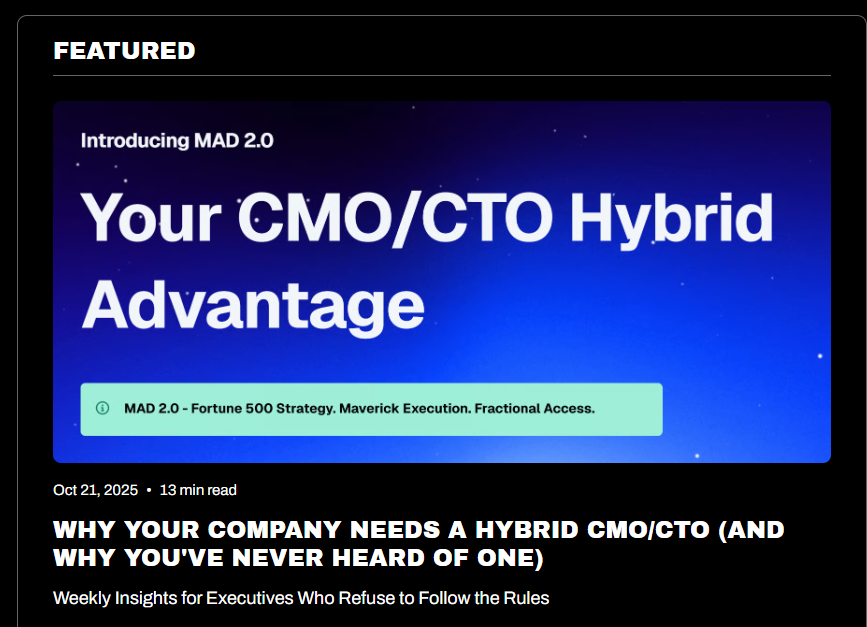




.jpg)

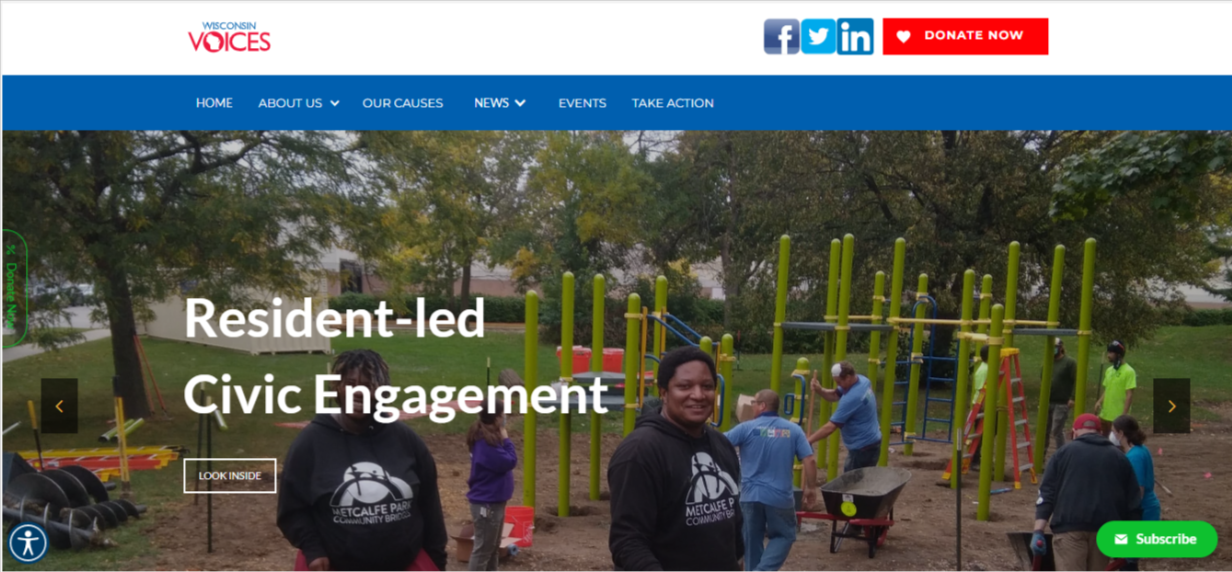

.jpg)





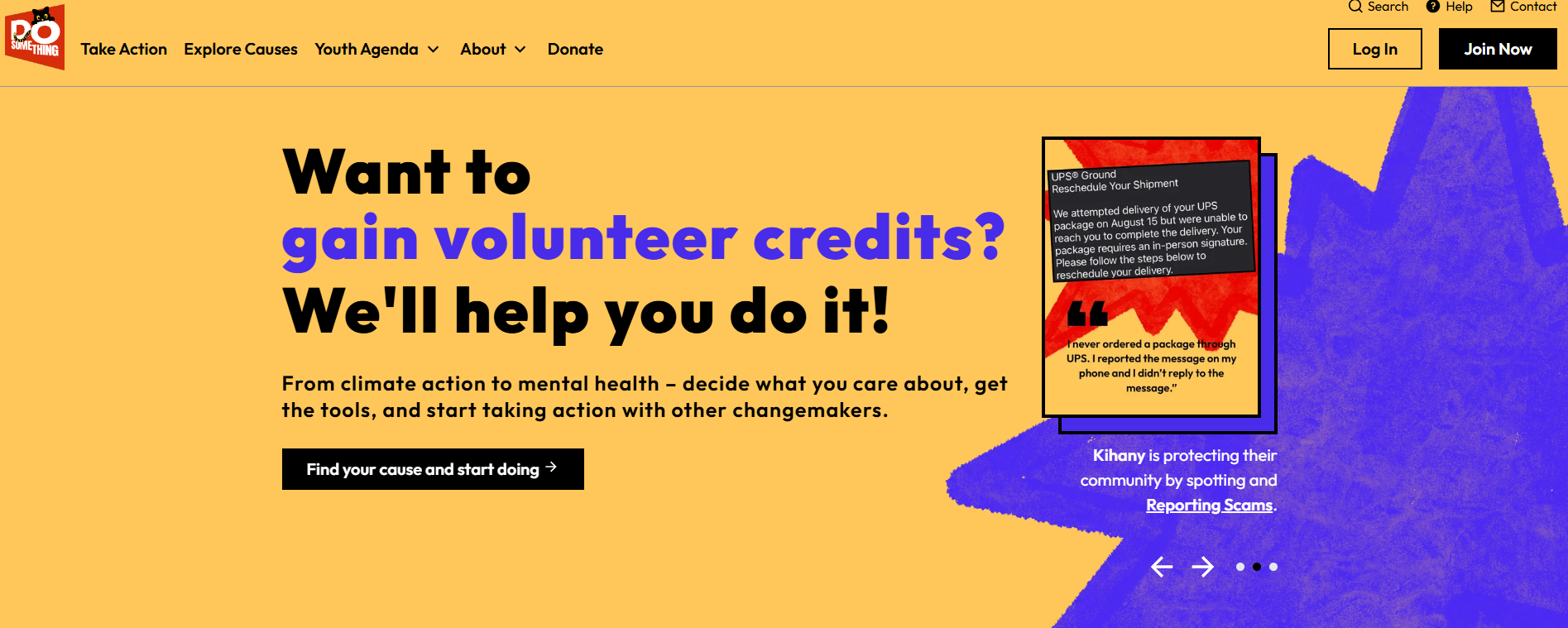






.jpg)


.jpg)
.jpg)

.jpg)


.webp)

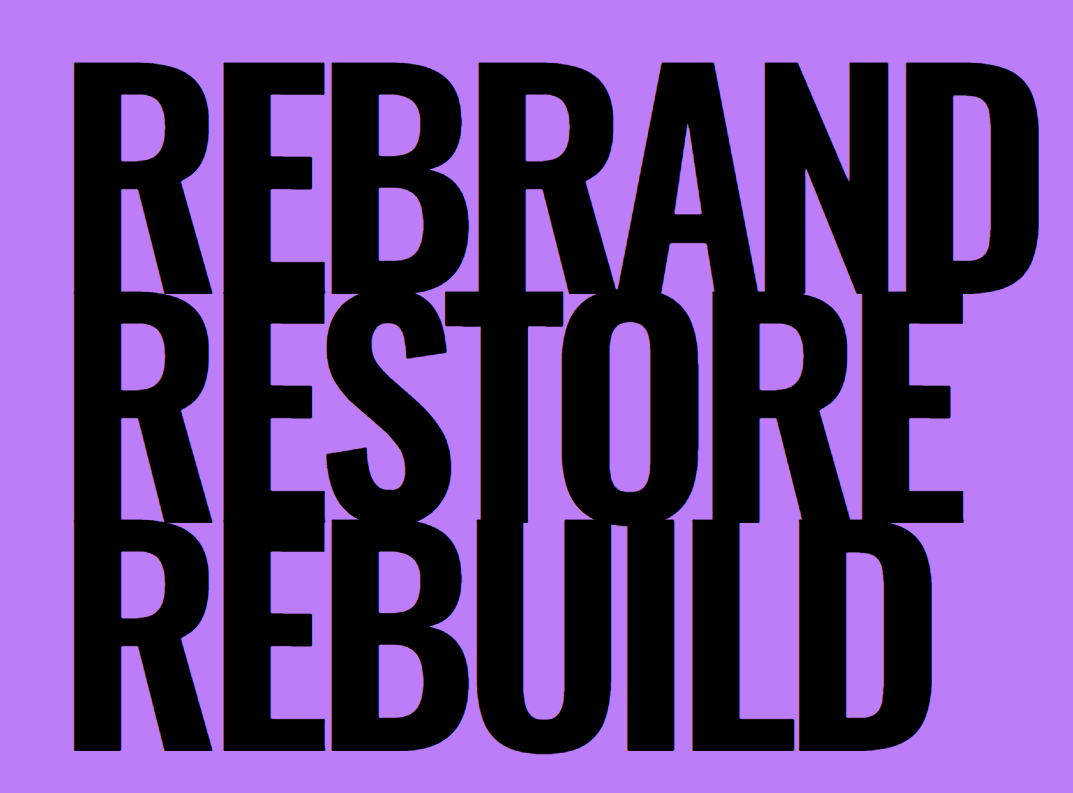



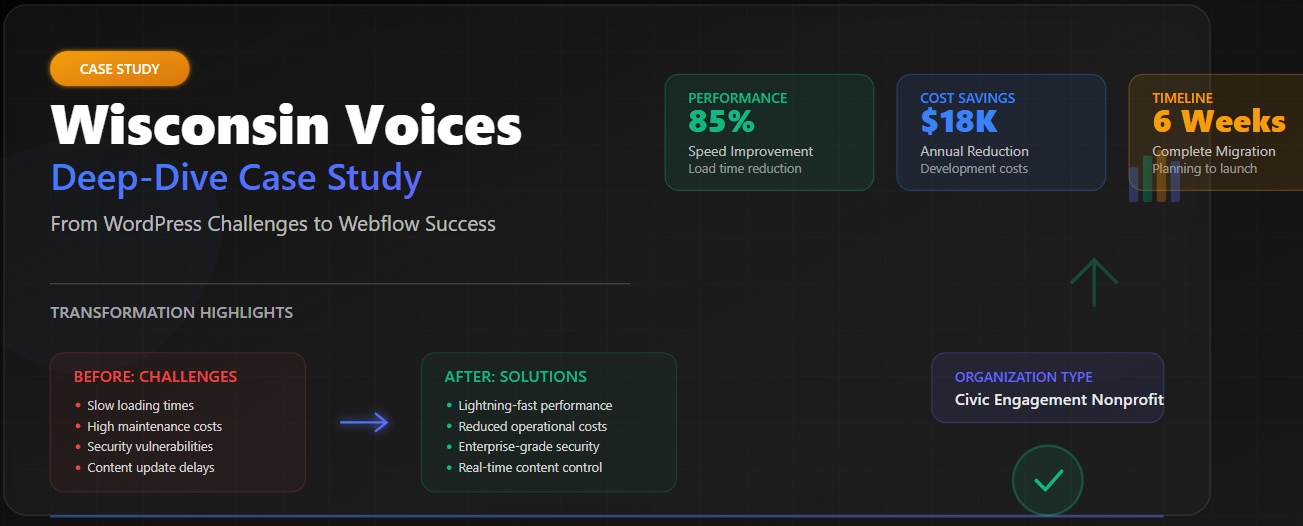

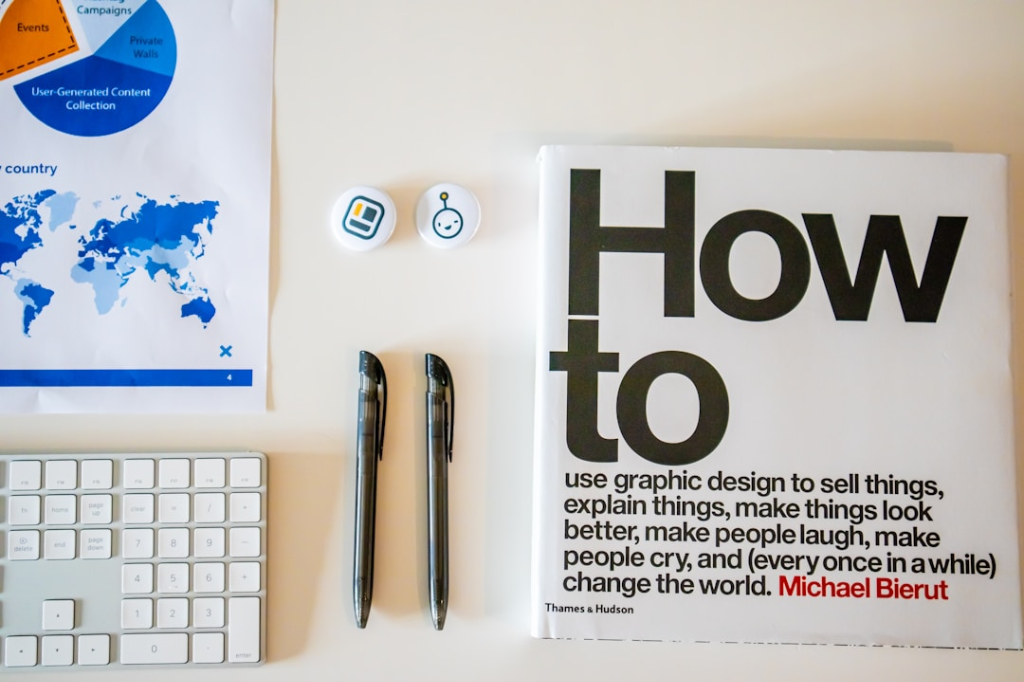










.png)

.png)





.png)





.png)































